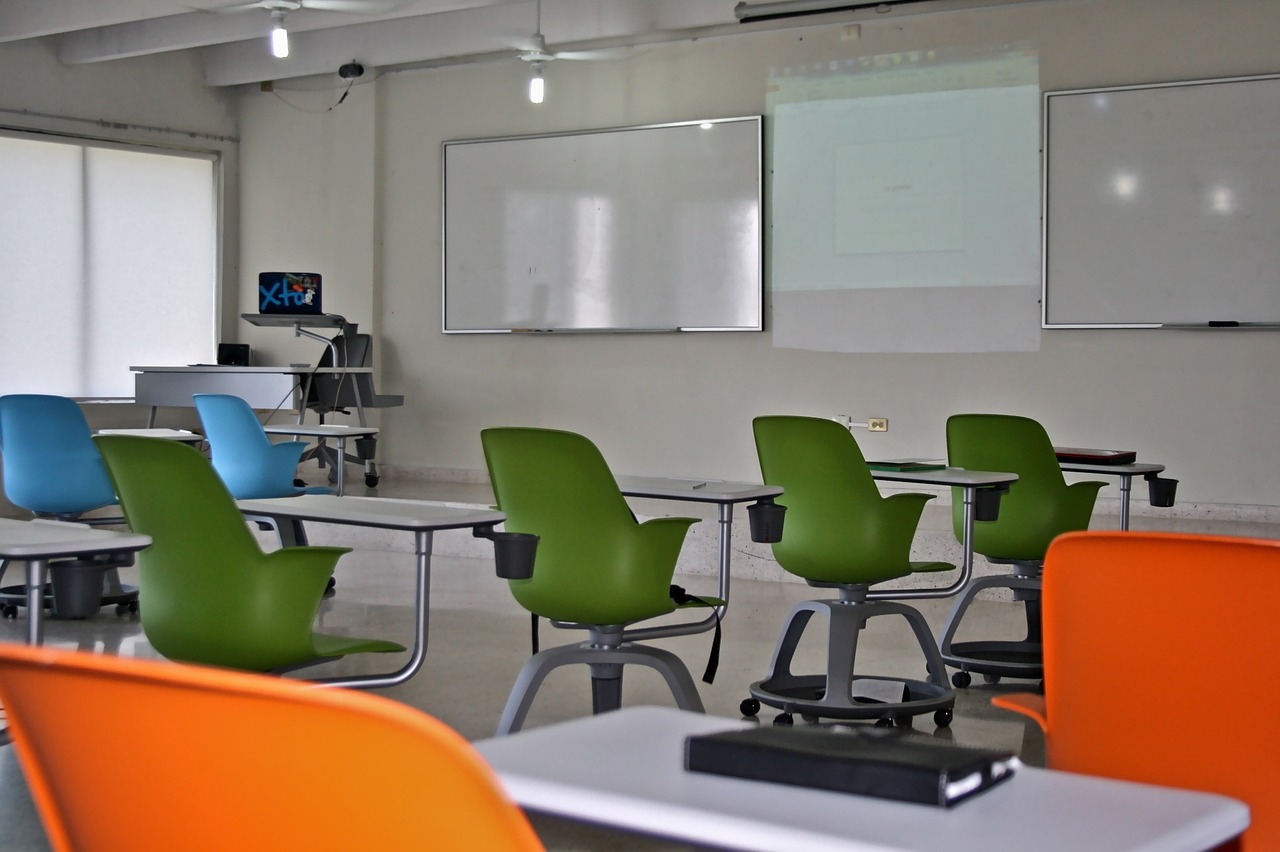Teachers have many responsibilities, but perhaps none is more important than ensuring their classroom is conducive to learning. Smart classroom management is the key to creating a positive learning environment. Well-managed classrooms provide a sense of security for students, allowing them to focus on the lesson at hand.
One important aspect of smart classroom management is establishing clear expectations early on. This includes everything from how students should enter and leave the room to what materials they need for class. By clearly communicating these expectations, teachers can minimize disruptions and keep students on task.
Another important aspect is building relationships with students. Teachers who take the time to get to know their students, understand their interests and personalities, and build trust with them, are more likely to have a well-managed classroom. Students who feel connected to their teacher are more likely to participate, cooperate, and respect classroom rules.
A third key component of smart classroom management is recognizing and addressing misbehavior before it escalates. Teachers who can quickly identify and address disruptive behavior can prevent it from spreading and disrupting the entire classroom. By using positive reinforcement and constructive feedback, teachers can help students understand why their behavior is unacceptable and how to improve it.
Smart classroom management is vital to creating a positive learning environment. By establishing clear expectations, building relationships with students, and addressing misbehavior proactively, teachers can create a classroom in which students feel safe, respected, and motivated to learn.






